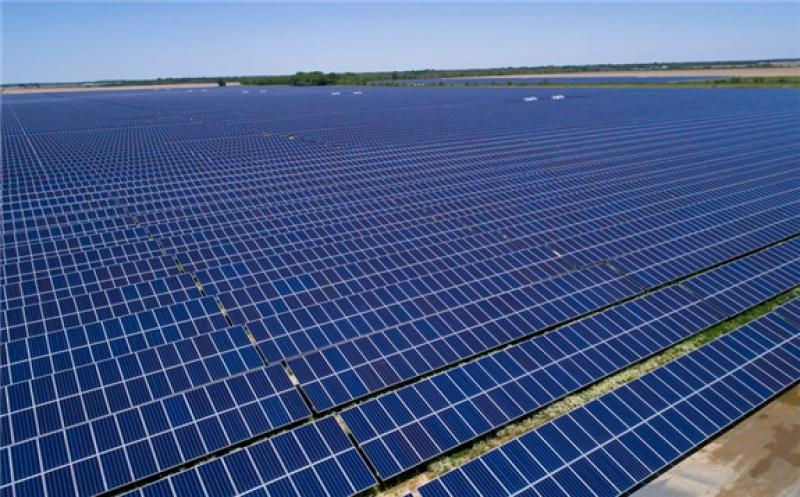Iraq struggles to improve electricity supply
The Iraqi Ministry of Electricity recently announced that from July 1 Jordan will transmit electricity to Iraq’s Anbar province, initially 50 megawatts; after the completion of the electricity interconnection between the two countries, Jordan will provide 1.5 gigawatts of electricity to Iraq every year. In June this year, during a visit to Iraq by Saudi Arabia’s Governor of the Eastern Province, Saud, the two sides launched a power grid interconnection project that will initially see Saudi Arabia transmit 1 GW of electricity to the Iraqi capital, Baghdad. Iraq has also signed cooperation agreements with countries such as Turkey to expand its electricity imports from related countries.
From 2003 to date, Iraq’s nominal power generation capacity has grown from less than 10 GW to 39.5 GW. However, due to constraints such as under-investment in infrastructure and an outdated transmission network, Iraq’s actual electricity generation capacity will only be 21 GW in 2021, and about 30% or more of the electricity will be lost during transmission and transformation. According to the International Monetary Fund, Iraq will have an electricity shortfall of 10 GW in 2021. The electricity crunch is further exacerbated especially in the summer peak, when many places have to buy small diesel generators to generate electricity. Iraq also needs to import tens of billions of cubic metres of natural gas from Iran every year to generate electricity.
Iraq has the fifth largest proven oil reserves in the world and the twelfth largest natural gas reserves. However, due to a lack of technology, a large amount of associated gas from Iraq’s oil fields is disposed of by direct combustion. In order to improve electricity supply, Iraq is focusing on improving its natural gas processing capacity. At the end of May this year, the first column of the Iraqi Basra gas light hydrocarbon recovery and treatment plant project, constructed by China National Petroleum Engineering and Construction Co. The project can provide nearly 10 million cubic metres of dry gas to the Iraqi national grid each year, and generate 1.9 GW of new electricity. In addition, the Hafaya gas processing plant built by Chinese enterprises is expected to be put into operation this year, which will become the first large-scale oil and gas linkage project in Iraq’s history, and the LPG produced will provide 5 billion kWh of power generation annually.
Iraq has made efforts to improve its electricity infrastructure. In the first half of this year, the Iraqi government signed cooperation agreements with General Electric and Siemens respectively on new and expanded power stations and improved power grid facilities. Among them, Siemens will take the associated gas treatment, construction of photovoltaic power plants and wind power plants, etc., to help Iraq to achieve 6 GW of power generation capacity.
Iraq is rich in solar and wind energy resources, accelerating the development of renewable energy can help the country achieve energy autonomy and reduce carbon emissions. The Iraqi government announced that it hopes to reach 12 GW of installed photovoltaic power plant capacity by 2030, so that renewable energy generation will account for 33% of total power generation. According to local media reports, the Iraqi central bank approved the establishment of a US$680 million fund for the development of renewable energy. In April this year, the Saudi International Electricity and Water Company announced that it would build a photovoltaic power plant with an installed capacity of 1 GW in the Najaf region of Iraq. 2021, the Iraqi government also signed a general contracting framework agreement with China Electric Power Construction for a 2 GW photovoltaic project.
Iraqi Ministry of Electricity sources said that through a variety of initiatives, Iraq’s power generation capacity will reach 41 GW by 2025 and is expected to meet basic electricity needs.





